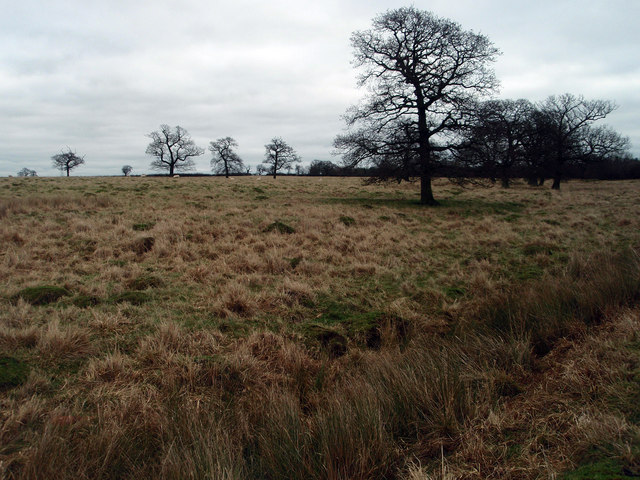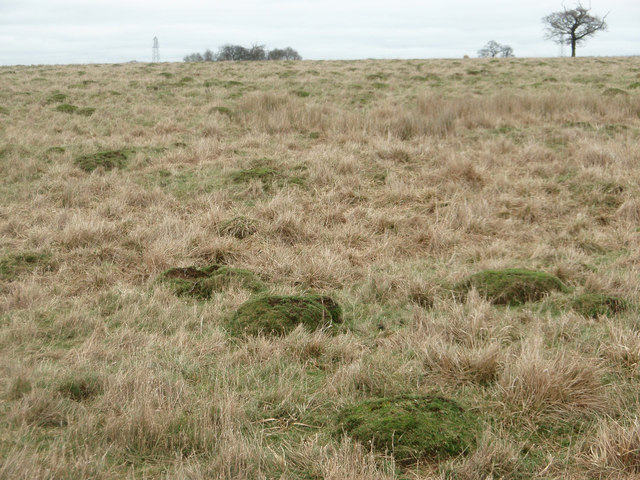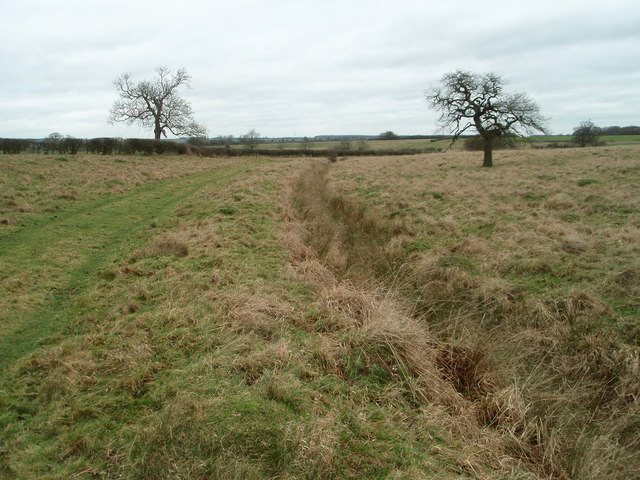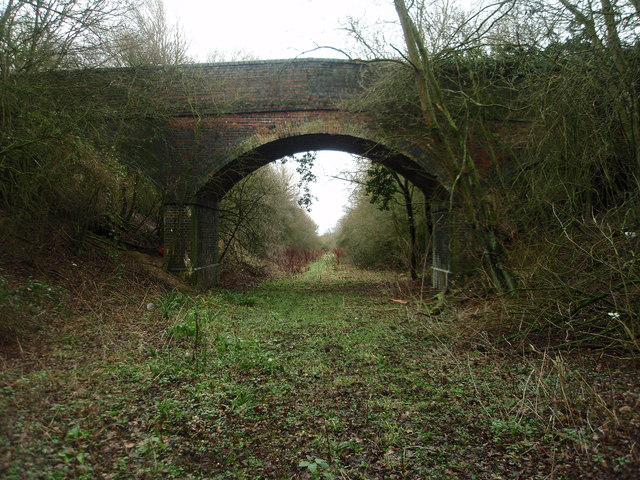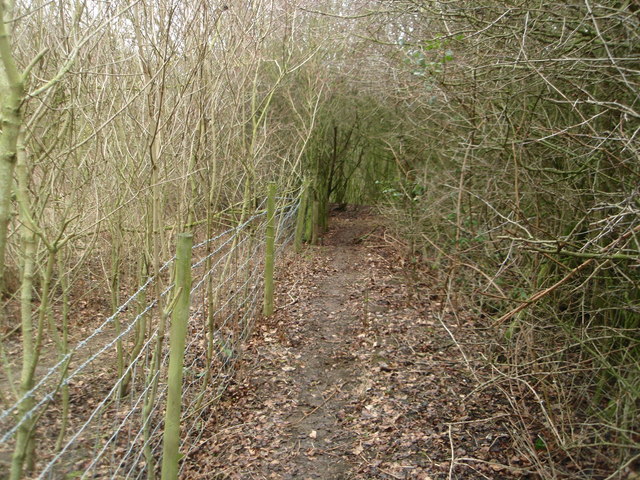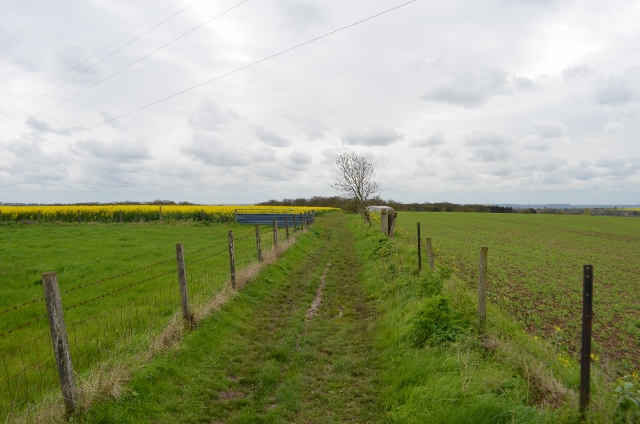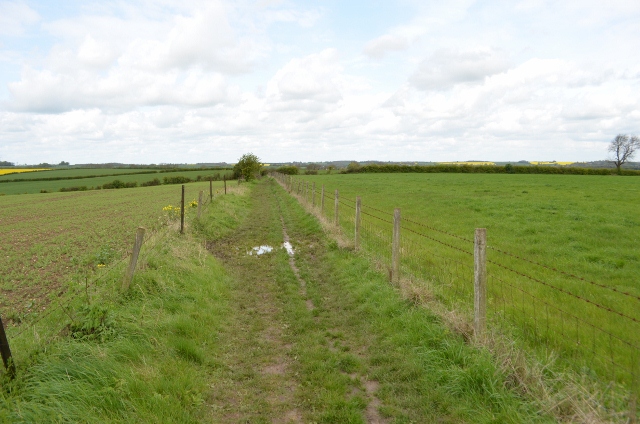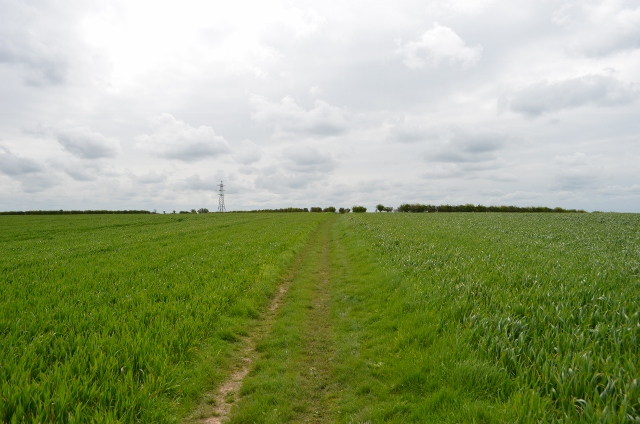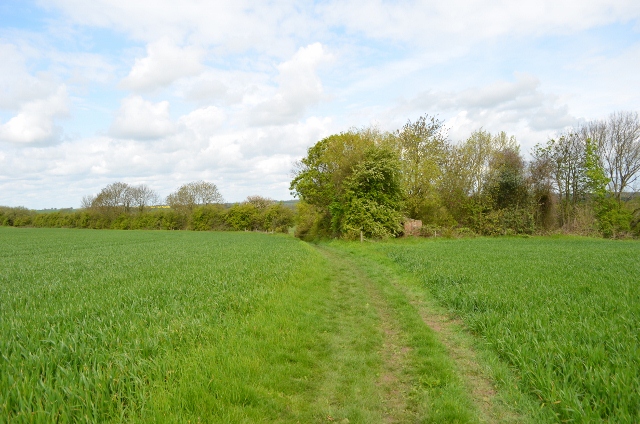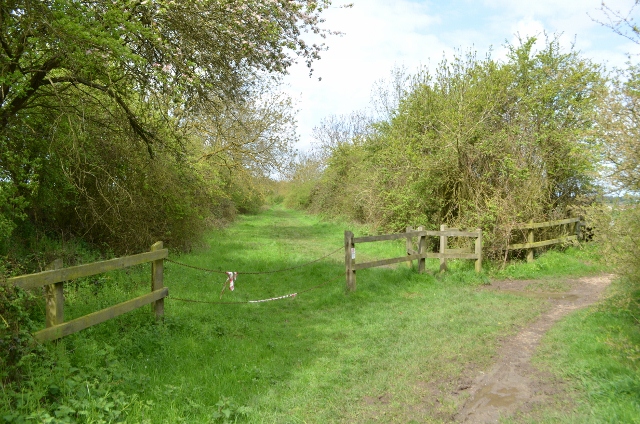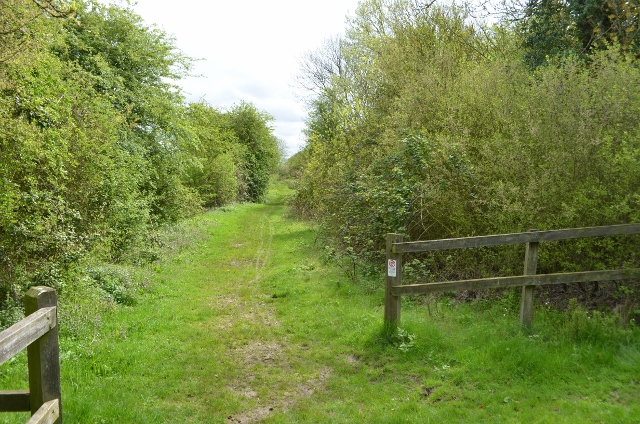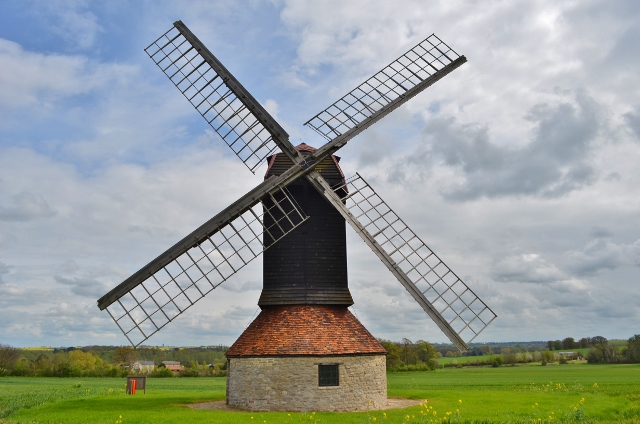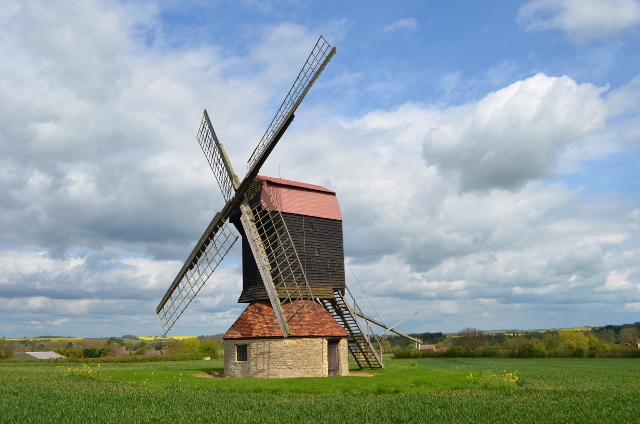Duck End
Settlement in Bedfordshire
England
Duck End
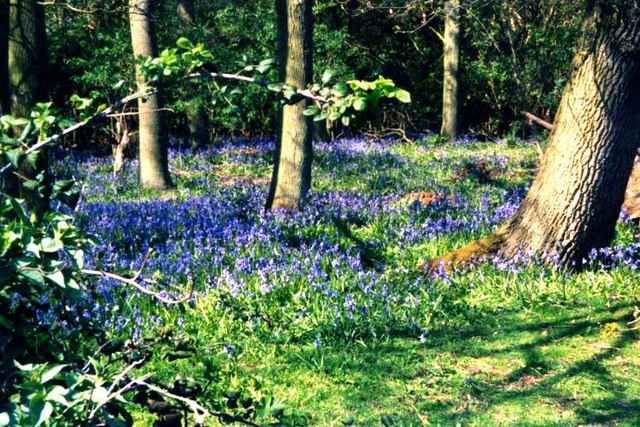
Duck End is a small village located in the county of Bedfordshire, England. Situated approximately 10 miles northeast of Bedford, it is nestled within a picturesque rural landscape. The village is characterized by its quaint charm, with a population of around 200 residents.
Duck End boasts a rich history, with evidence of human habitation dating back to the Roman period. Over the centuries, it has remained a predominantly agricultural community, with farming playing a central role in its economy. The village is surrounded by fertile fields and rolling hills, providing a serene and idyllic setting.
The heart of Duck End is its village square, which features a handful of historic buildings. The St. Mary's Church, dating back to the 12th century, stands proudly in the square, showcasing stunning medieval architecture. Nearby, the local pub, The Duck's Inn, is a popular gathering spot for both residents and visitors, offering traditional British fare and a warm, welcoming atmosphere.
The village is also known for its annual Duck End Festival, held in the summer. This lively event brings the community together for a day of live music, local food and drink, and various activities for all ages. It serves as a celebration of Duck End's vibrant community spirit and provides an opportunity for locals and visitors to connect.
Overall, Duck End offers a peaceful retreat from the hustle and bustle of city life, with its scenic countryside, historic landmarks, and close-knit community. It is a place where residents can enjoy the beauty of nature, embrace the village's heritage, and experience a true sense of belonging.
If you have any feedback on the listing, please let us know in the comments section below.
Duck End Images
Images are sourced within 2km of 52.164651/-0.561313 or Grid Reference SP9852. Thanks to Geograph Open Source API. All images are credited.
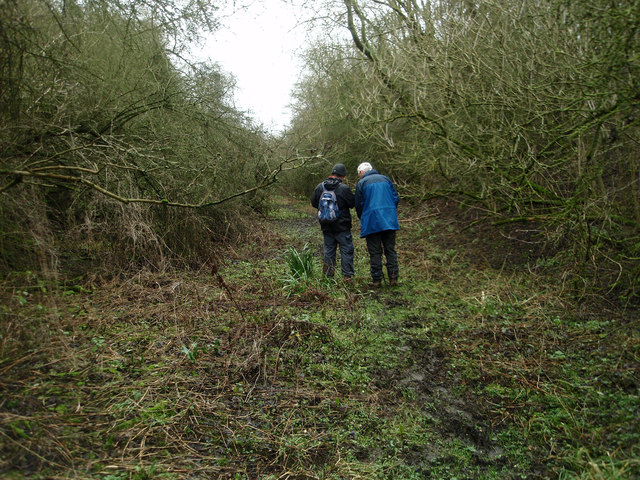
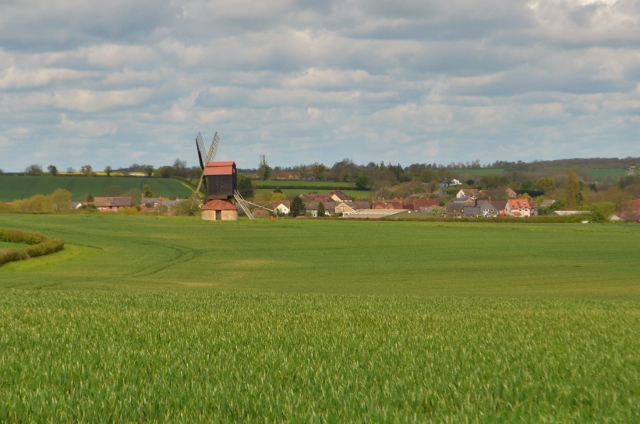
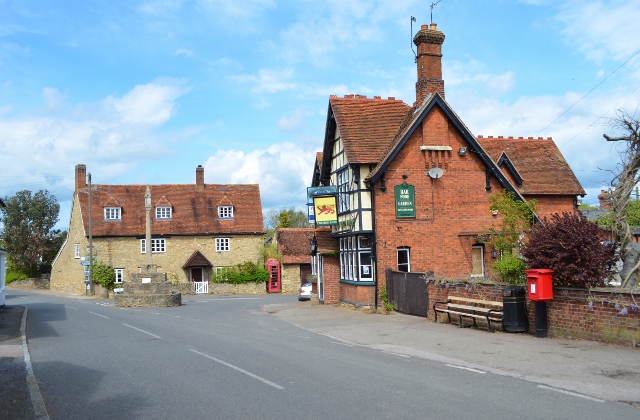
Duck End is located at Grid Ref: SP9852 (Lat: 52.164651, Lng: -0.561313)
Unitary Authority: Bedford
Police Authority: Bedfordshire
What 3 Words
///remotes.agreeable.daydreams. Near Stevington, Bedfordshire
Nearby Locations
Related Wikis
West End, Bedfordshire
West End is a hamlet located in the Borough of Bedford in Bedfordshire, England. The settlement is close to Carlton, Pavenham and Stevington. West End...
Stevington
Stevington is a village and civil parish in the Borough of Bedford in northern Bedfordshire, England. It is on the River Great Ouse four to five miles...
Church of St Mary, Stevington
Church of St Mary is a Grade I listed church in Stevington, Bedfordshire, England. It became a listed building on 13 July 1964. It is the Anglican parish...
Stevington Marsh
Stevington Marsh is a 7.5-hectare (19-acre) biological Site of Special Scientific Interest in Pavenham in Bedfordshire. It was notified in 1987 under Section...
Nearby Amenities
Located within 500m of 52.164651,-0.561313Have you been to Duck End?
Leave your review of Duck End below (or comments, questions and feedback).

